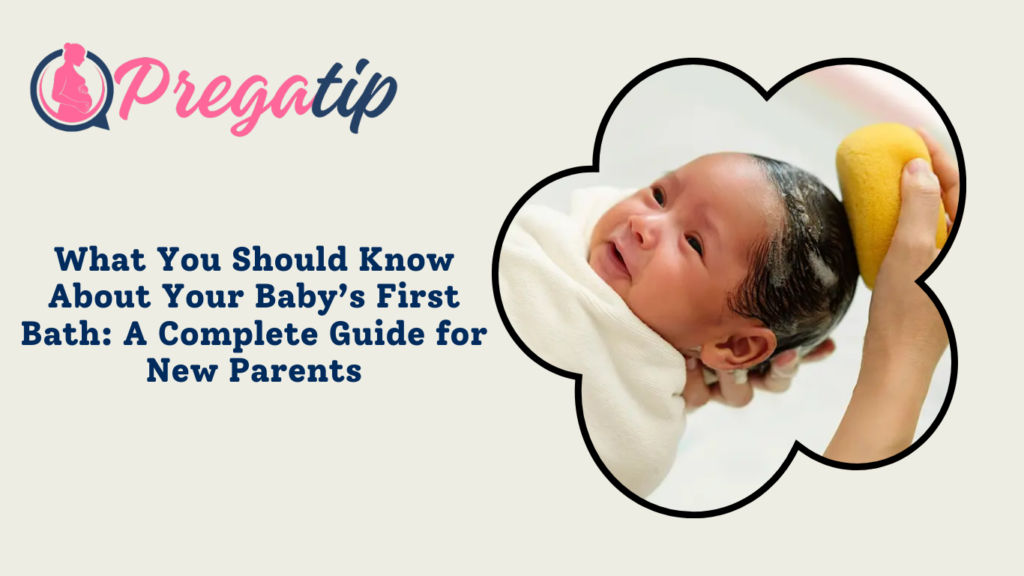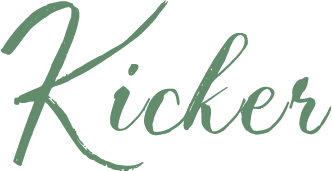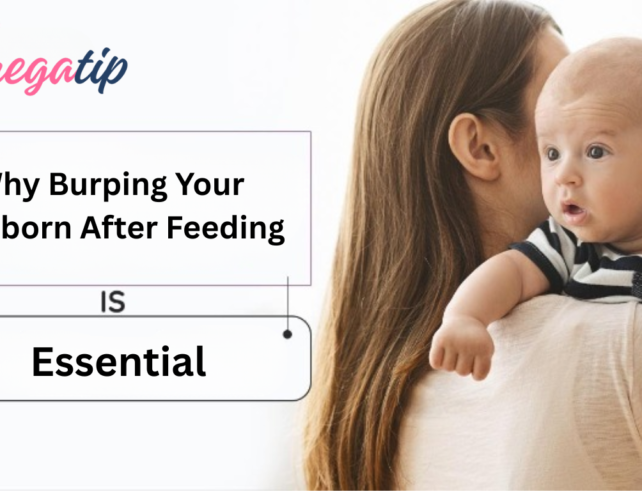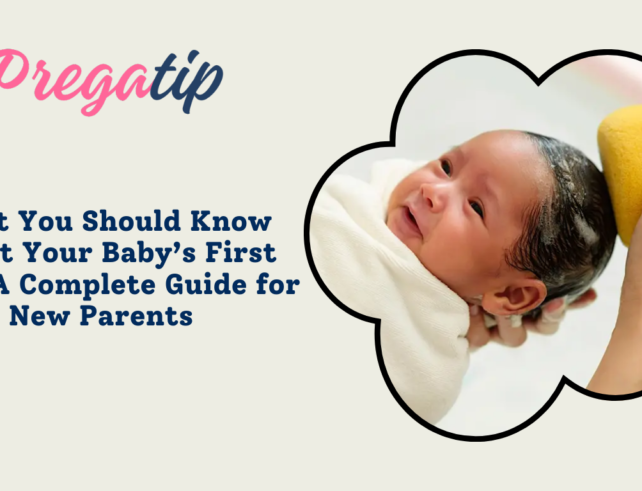What You Should Know About Your Baby’s First Bath: A Complete Guide for New Parents


Bringing your newborn home is one of the most heartwarming and nerve-wracking experiences as a new parent. You’ve set up the nursery, stocked up on diapers and baby clothes, and even figured out a feeding routine. But then comes the question: How do I give my baby their first bath?
Bathing a newborn can feel a little intimidating, especially for first-time parents. There’s the fear of doing it wrong, of the baby crying, or worse—slipping in your hands. But don’t worry! With the right information and a little confidence, your baby’s first bath can be a calm, bonding, and even joyful experience.
When Should You Give Your Baby Their First Bath?
Traditionally, hospitals used to bathe babies within the first couple of hours after birth. However, current guidelines suggest delaying your baby’s first bath by at least 24 hours after birth—unless medically necessary.
Why the delay? According to pediatric experts like Dr. Shelly Gupta, waiting to give your baby their first bath can have both medical and emotional benefits:
Prevents hypothermia and hypoglycemia: Newborns are sensitive to cold, and early bathing can cause a drop in body temperature and blood sugar.
Preserves the vernix caseosa: This is a natural, white waxy substance coating your baby’s skin at birth. It helps to retain warmth, moisturizes the skin, and acts as a natural barrier against infection.
Exceptions to this recommendation include situations where the baby is exposed to infections like herpes simplex virus (HSV), hepatitis B/C, or HIV, in which case a quick medical bath may be needed.
Baby’s First Bath at Home: What You Need to Know
Once you’re home from the hospital, there’s no rush to bathe your baby right away. In fact, most pediatricians recommend waiting until the umbilical cord stump has fallen off and fully healed, usually within 1–2 weeks, before submerging your baby in water.
Until then, stick to sponge baths, especially for baby boys who have been circumcised—wait until the circumcision has completely healed before a full bath.
How Often Should You Bathe a Newborn?
Unlike older children and adults, newborns don’t need daily baths. In fact, 1 to 3 baths per week is generally sufficient for the entire first year, unless your baby has particularly messy diaper incidents or spits up frequently.
Bathing too often can dry out your baby’s delicate skin. However, some parents enjoy incorporating a short bath into the baby’s bedtime routine, and that’s perfectly fine too—as long as you use minimal soap and follow gentle practices.
How to Sponge Bathe Your Newborn (Step-by-Step)
During the first few weeks, your baby will get sponge baths until the cord stump heals. Here’s how to do it right:
Step 1: Gather your supplies
You’ll need:
A soft towel (preferably with a hood)
A clean diaper
A mild baby soap (optional)
Cotton balls or soft washcloths
A bowl of warm water
Step 2: Choose a warm, comfortable space
The room should be draft-free and comfortably warm. Lay your baby on a padded surface, like a changing table or a soft towel on the floor.
Step 3: Undress and cover
Remove your baby’s clothes, leaving the diaper on for now. Cover them with a towel and expose only the area you’re cleaning to keep them warm.
Step 4: Gently clean your baby
Use a damp washcloth to clean one small area at a time. Pay extra attention to skin folds under the neck, behind ears, and around the diaper area. Avoid scrubbing—gentle patting is enough.
Transitioning to a Full Bath
Once the umbilical stump falls off, you can introduce your baby to a real bath. Here’s how to make it smooth and safe:
Step 1: Fill the tub with warm water
Use an infant tub or clean sink. Fill it with just 2 to 3 inches of warm water (around 37–38°C or 98.6–100.4°F). A baby bath thermometer can help ensure the temperature is just right.
Step 2: Support your baby at all times
Cradle your baby’s head and neck with one arm and gently lower them into the water. Most of the body should remain above water. You can pour warm water gently over their body to keep them comfortable.
Step 3: Wash gently
Using a soft washcloth, clean your baby’s body, including the face, scalp, and creases. If you choose to use soap or shampoo, opt for fragrance-free, mild, baby-specific products. Cup your hand to rinse off their head to avoid soap getting into their eyes.
Step 4: Drying and dressing
Lift your baby out of the bath and immediately wrap them in a warm towel. Pat them dry, especially in skin folds. Skip powders and limit lotion use unless recommended by your doctor. Dress your baby in a clean diaper and comfy outfit.
Tips for a Safe and Calm Bathing Experience
Never leave your baby unattended, even for a second.
Always check the water temperature before placing your baby in.
Keep everything you need within arm’s reach.
Make bath time fun by singing, smiling, and talking to your baby.
If your baby cries during baths, try sponge baths for a bit longer and slowly introduce water time again.
Why Bath Time Matters (Beyond Hygiene)
Bathing is about more than cleanliness—it’s a bonding ritual that can nurture emotional, cognitive, and sensory development.
Strengthens parent-baby bond: Skin-to-skin contact, eye contact, and your calming voice during bath time helps build trust and emotional security.
Promotes learning: Naming body parts, splashing water, and sensory play helps stimulate your baby’s brain.
Eases fussiness: Warm baths can calm a colicky or fussy baby, making them feel safe and relaxed.
Supports sleep routines: Many babies sleep better after a warm bath followed by a massage or quiet cuddle time.
Should You Use Lotion or Baby Powder After a Bath?
Newborn skin doesn’t need much pampering. Skip powders entirely—they can irritate your baby’s lungs. Lotions are also usually unnecessary unless your baby has very dry skin or eczema. If you do apply one, make sure it’s hypoallergenic, fragrance-free, and approved for newborn use.
Drying and Cuddling After the Bath
Dry your baby with a soft towel, paying close attention to areas with skin folds. If your baby enjoys a little post-bath snuggle time, wrap them in a warm blanket and hold them close. This skin-to-skin contact after the bath can boost bonding and help your baby feel secure.
Giving your baby their first bath is a special milestone, filled with a mix of nervousness and joy. Take it slow, stay calm, and remember—there’s no “perfect” way to bathe a baby, just a gentle and loving one. With time, both you and your baby will settle into a routine, and bathtime will become one of the most cherished parts of your day.
FAQs: Baby’s First Bath
What should a baby’s first bath be like?
A gentle sponge bath until the umbilical cord heals, followed by brief immersion baths with warm water.
How do I clean a baby’s head?
Wet a washcloth with warm water and gently wipe from front to back. Use a tiny amount of baby shampoo if needed, keeping soap away from their eyes.
What if my baby hates baths?
It’s normal! Keep baths short and soothing. Try sponge baths for a few extra days before transitioning again.
- Your Pre-Pregnancy Wellness Guide: 9 Lifestyle Changes to Help You Conceive
When it comes to preparing for pregnancy,…Read More
- Why Burping Your Newborn After Feeding Is Essential
Burping your newborn may feel like a…Read More



